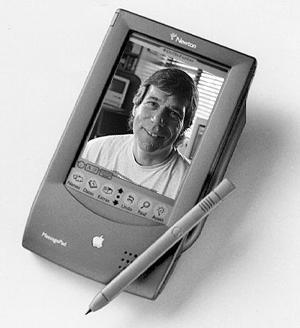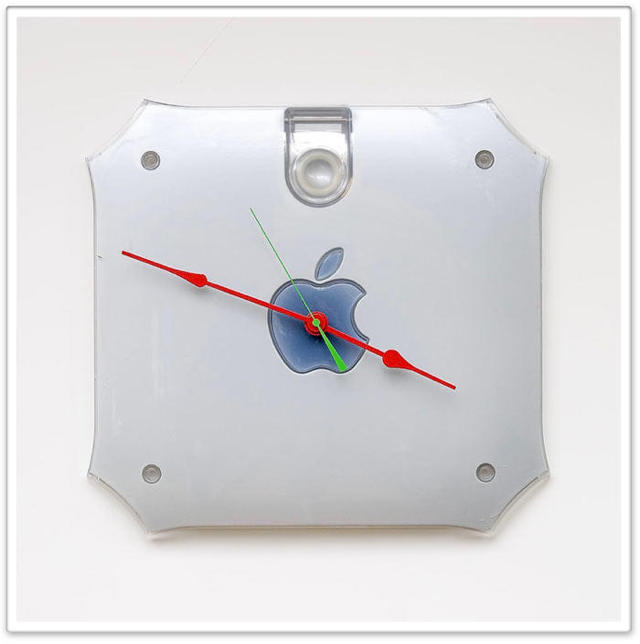
Image credit: The iPhone Blog
The iPhone Blog reports that OS X iPhone 3.0b is now throwing up error messages when you try to ‘redownload’ an app you’ve already bought. You get the option to buy again on your ‘iDevice’, or you can download again for free in iTunes.
Already, forums are up in arms about this (well, forum posters, given that forums haven’t quite arrived at a state of sentience), bitching about Apple being Big Brother and hating every single one of its users. However, it seems like the change is down to users ‘sharing’ apps amongst several Apple devices.
With some devices and games—especially those specifically designed for network play—one might argue that multiple purchases can be somewhat unreasonable from a financial standpoint. (For example, you see plenty of $30+ DS games with broken or severely restricted wireless modes, a problem that magically goes away when every gamer has a cart.) But with the vast majority of App Store games being by indie devs and costing under five bucks (and many of the best costing under a single dollar), it’s easier to forgive being ‘forced’ to buy a copy for each device you own.



























